Inside: Discover ways to teach future-ready skills in kindergarten using open-ended play centers.
The Hard Truth About Soft Skills
I have a husband who is wicked smart. We play trivia every week with 5 other people and he answers 95% of our questions.
But here’s the thing – he struggles in the workplace.
While he has always excelled in academics, he is lacking in his abilities to communicate and collaborate with others.
Growing up, these skills were not valued in his home. There was pressure to get good grades and excel academically.
And he did.
But it wasn’t enough.
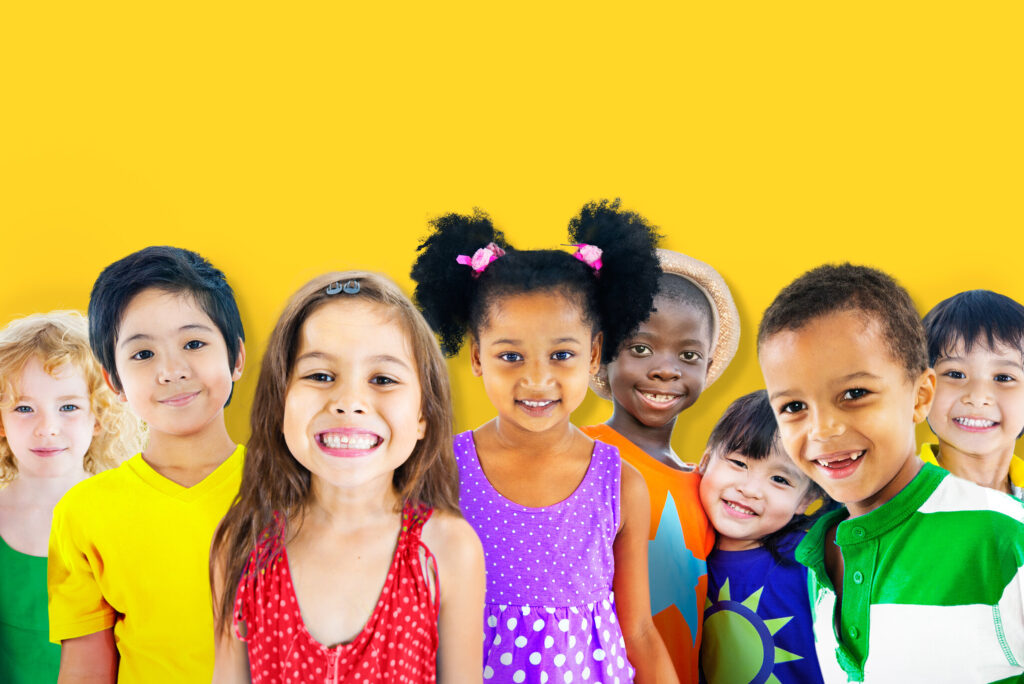
Preparing Kids For the Future
As a fellow kindergarten teacher, I know you are teaching ALL the things.
And I know it isn’t easy.
But let me ask you a hard question. What are you doing now to prepare your kiddos for the future?
Not just tomorrow.
Not just next week.
Not just first grade.
But for the day they walk through the doors of your high school for the very last time.
I’m not talking about academics. Most will be competent in these areas because we’ve done our job here.
But what about those future-ready skills, also called soft skills, the ones that all begin with the letter C: collaboration, communication, critical thinking, creativity, citizenship and character?
Are you providing intentional time in your day for the development of these skills?
Discovery Workshop: Future-Ready Skills in Action
If you think you could be doing more to develop future-ready skills, I have a suggestion for you (and it just so happens to begin with the letter C).
Choice Time.
Really?
Yes, really!
If you take choice time, wrap a workshop model around it, and teach into those future-ready skills, you will be providing time and space for children to grow and develop in these areas.
In my classroom, we call this Discovery Workshop, but you can call it whatever you want. It begins with a mini-lesson, moves to choice time play centers, and ends with a share time.
While there’s a lot of goodness going on during this time, my big goal is to teach future-ready skills.
And not through canned, preachy lessons, but in a truly authentic, on-the-spot, meaningful kind of way.
Here’s a peek of what that looks like in my classroom, as children work and play in choice time centers.
Collaboration:
These children work together in the block center to build a structure and negotiate ideas.
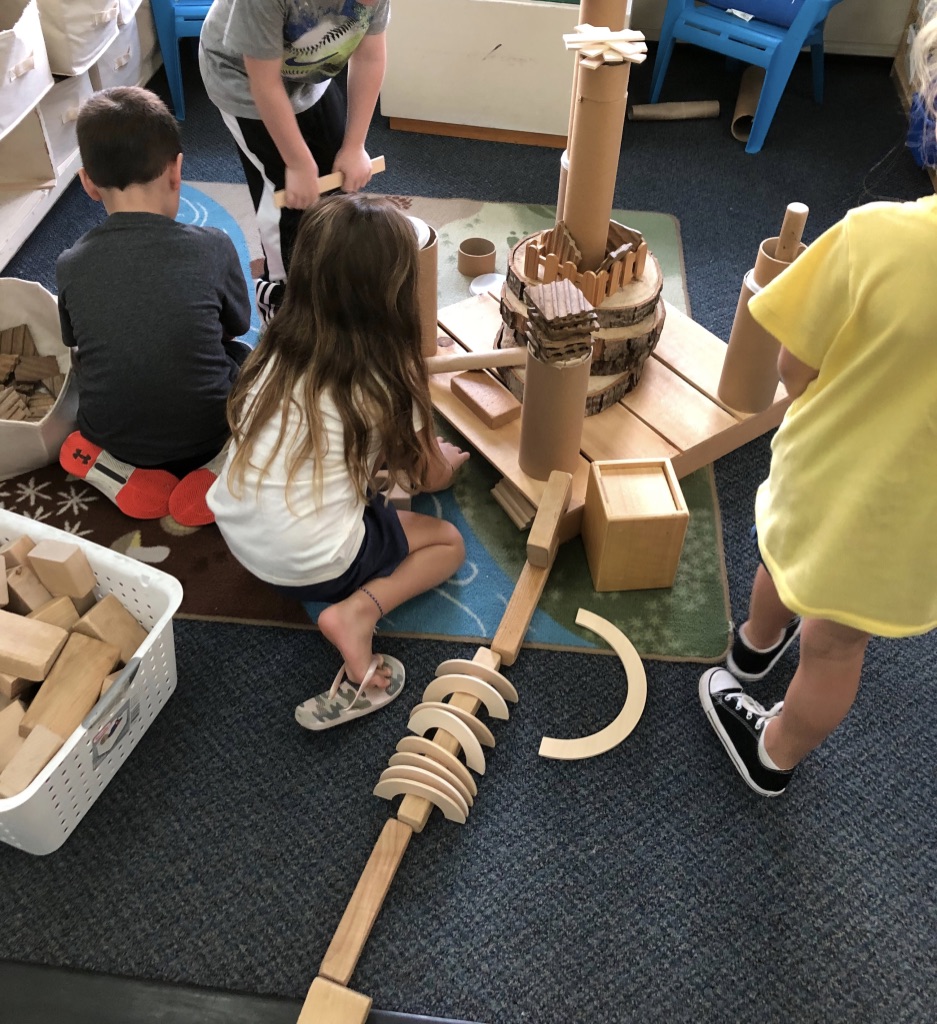
Communication:
This child is demonstrating a game that he created while working in the math center and is explaining how it’s played to classmates.
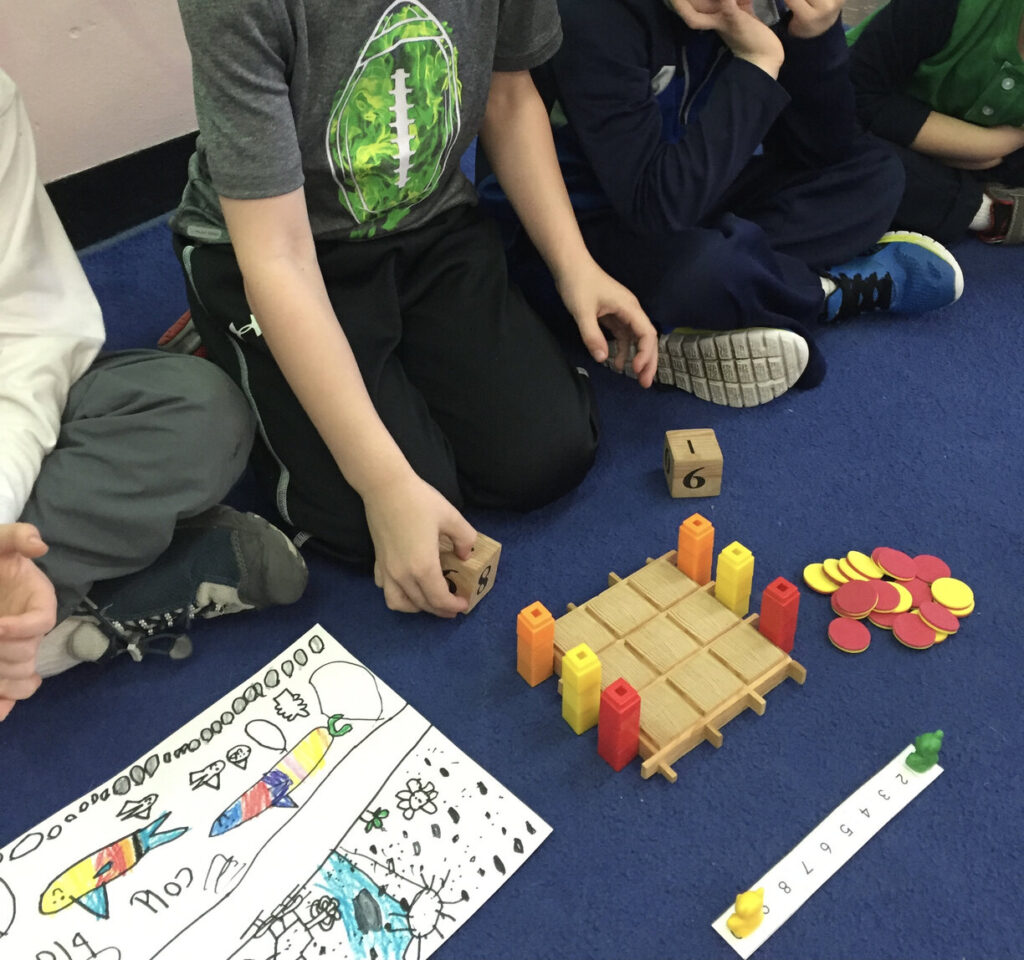
Critical Thinking:
These children are using materials they found in the science center to build balance scales and figure out how to make them balance.
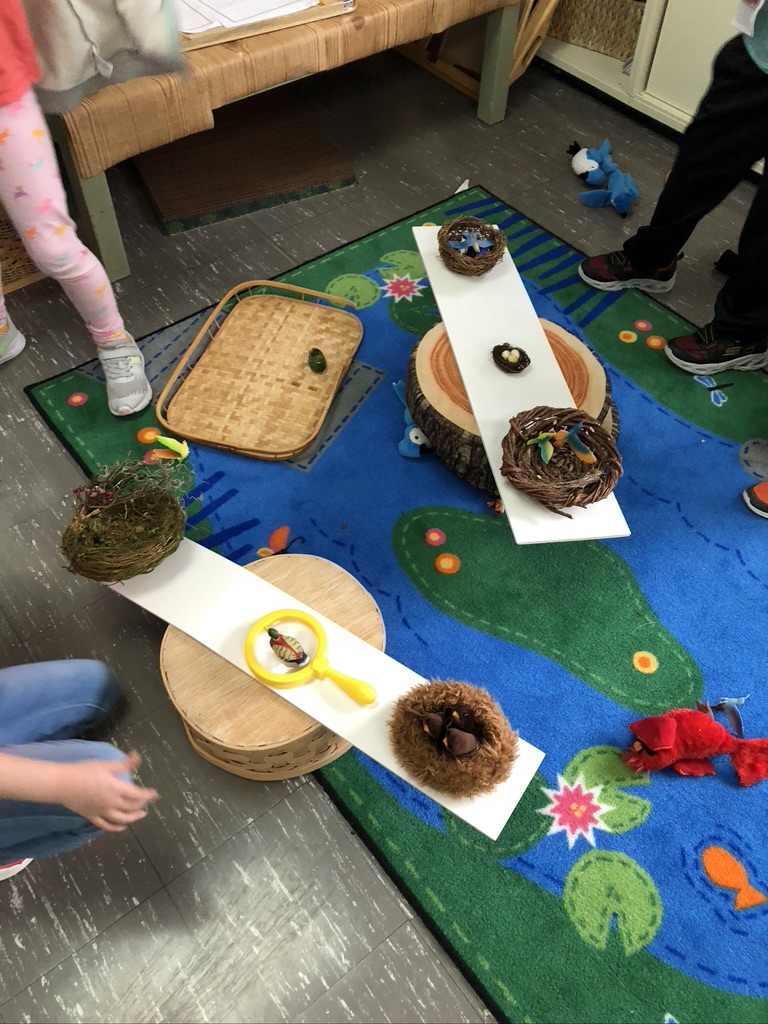
Creativity:
This child is using loose parts to create a six-sided, symmetrical snowflake and then drawing it in her notebook.

Citizenship:
This child takes a survey to find out whether his class would rather play inside or outside.
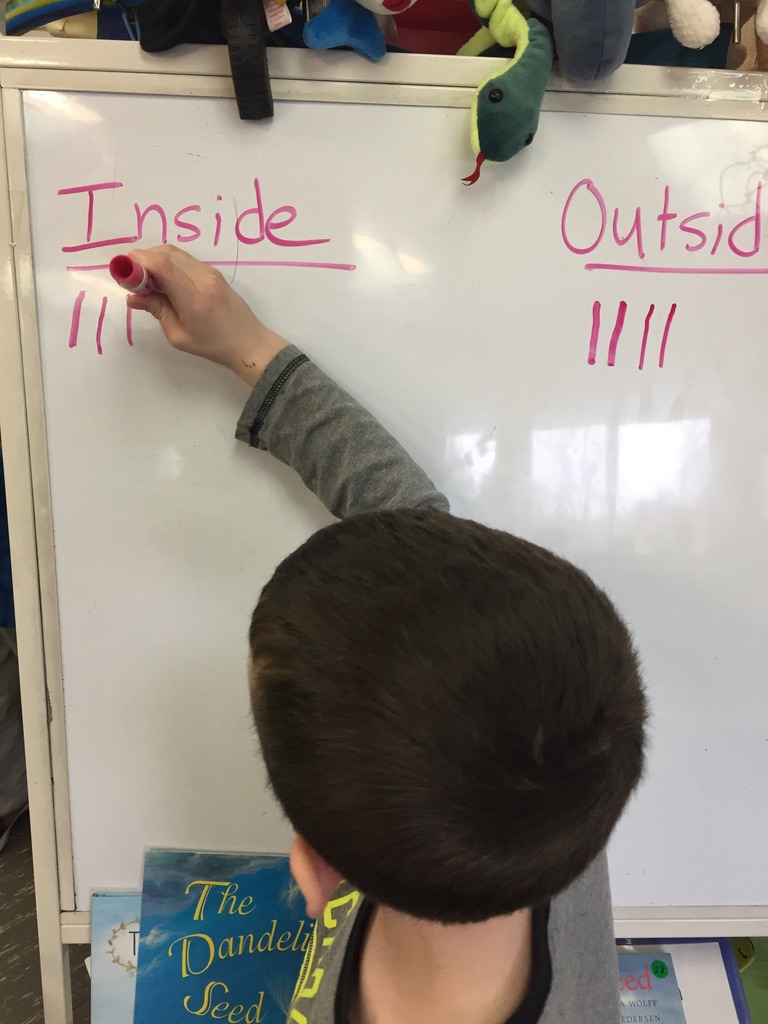
Character:
This child shows patience and perseverance as he makes several attempts to move the marble through the maze he made at the makerspace.
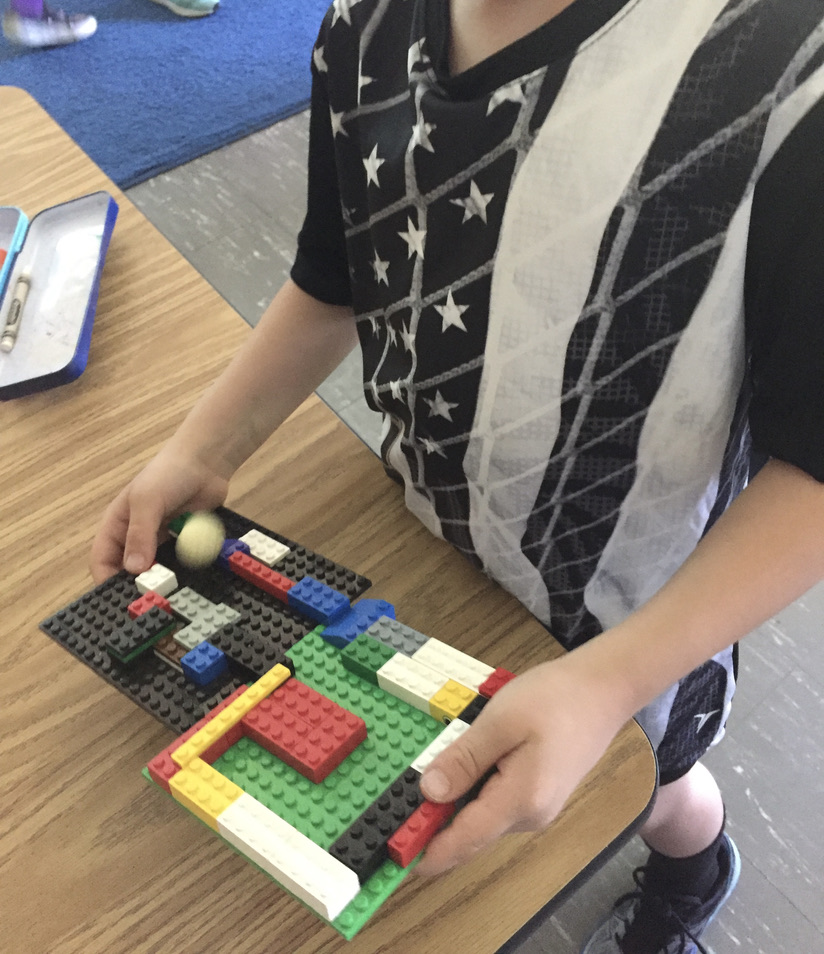
Teaching Future-Ready Skills Through Play
Does it look and feel like play?
Absolutely.
Does learning happen through play?
Absolutely.
In his book, The Lifelong Kindergarten, Mitchel Resnick says, “There is a national push, related to the push for increased academics in early childhood classrooms, to cut play out of the kindergarten classroom. Many kindergarten classrooms across the country no longer have sand tables, block areas, drama areas and arts and craft centers.”
He goes on to say, “Kindergarten is becoming like the rest of school,” and argues for exactly the opposite. “I believe the rest of school (indeed, the rest of life) should become more like kindergarten.”
Brining Future-Ready Skills to Your Classroom
My best tip for beginning to teach future-ready skills is just to start making time for play. As long as you go in with the mindset that these are important skills to cultivate, you will begin to see opportunities to teach into those skills as you observe your kiddos in play situations.
In addition to reading The Lifelong Kindergarten (which I highly suggest), here are some resources to support you in getting started.
Why I Use Choice Time Centers in My Kindergarten Classroom
3 Ways to Add Materials to Your Kindergarten Play Centers
Room Tour: Play-Based Centers for Kindergarten Choice Time
Launching Choice Time Centers at the Beginning of the Year
Using a Workshop Model to Teach Future-Ready Skills in Kindergarten
Discovery Workshop Start-Up Guide
Discovery Center Start-Up Guides
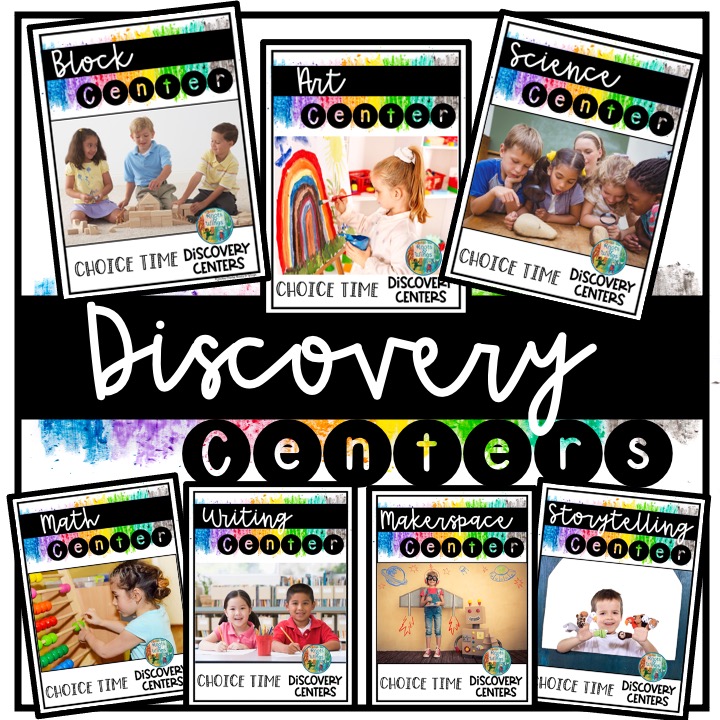
And for more kindergarten goodness, visit the Roots & Wings Resource Library. Thanks for stopping by!


 Kindergarten Inquiry, Projects and STEAM Ideas Across the Seasons
Kindergarten Inquiry, Projects and STEAM Ideas Across the Seasons Curious Classroom Book Study: Demonstrate Your Own Curiosity
Curious Classroom Book Study: Demonstrate Your Own Curiosity Our Mystery Bulb: A Plant Inquiry
Our Mystery Bulb: A Plant Inquiry 5 Must-Have Materials for Your Kindergarten Block Center
5 Must-Have Materials for Your Kindergarten Block Center